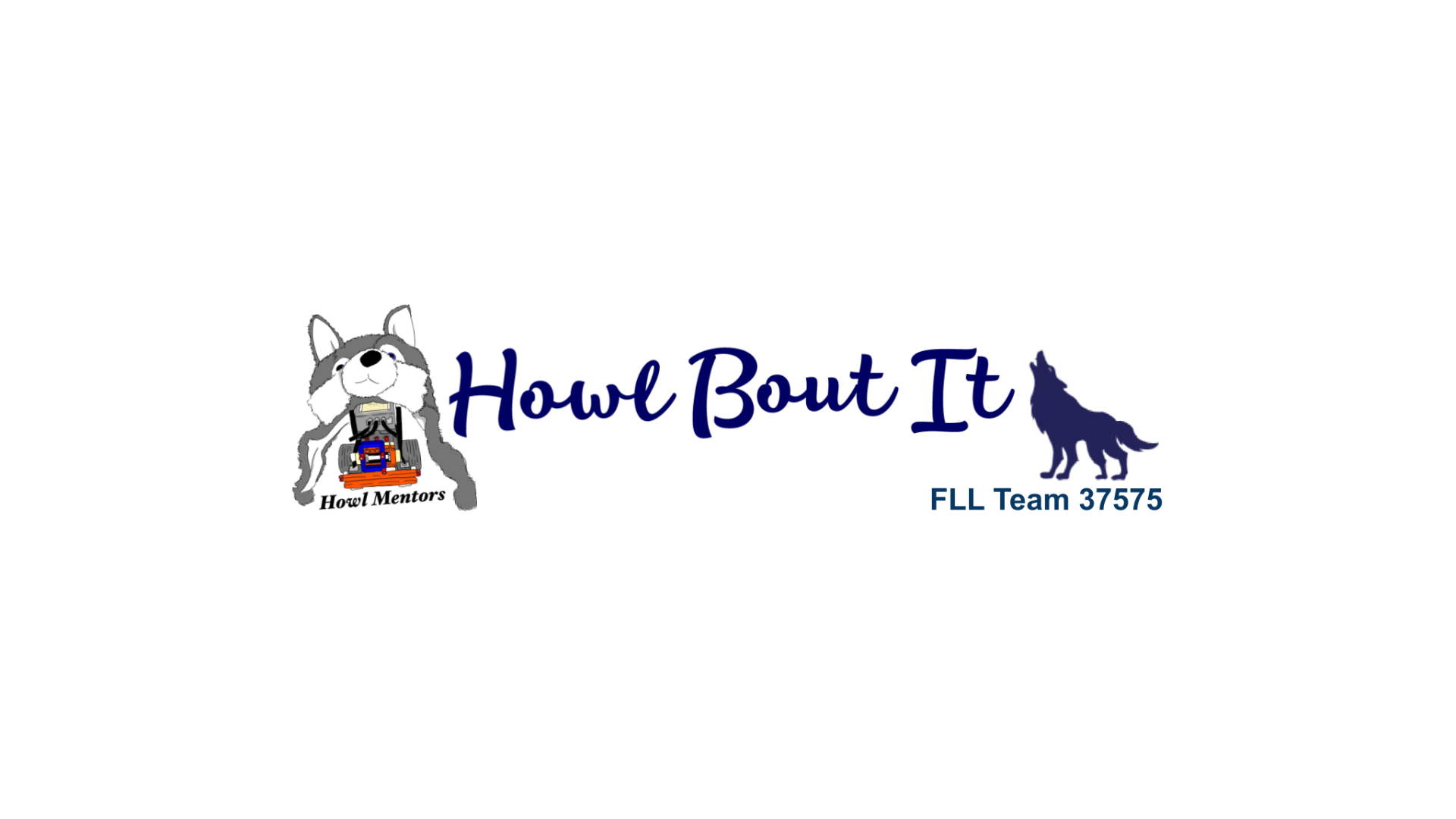City Shaper




Project - To identify a problem with a building or public space in our community, and to be sure we included a variety of sources, we interviewed people from different experiences. That involved teachers, neighbors, coaches, mentors, and family. Some were doctors, an architect, a police officer, and a firefighter. After selecting our problem we researched news articles from local news stations and the National Highway Traffic Safety Association. We also consulted The Cincinnati Police Department Crash Record Database which we then filtered to focus on pedestrian crashes only, the time of day, injuries, and location.
Our innovative solution will make drivers and pedestrians more aware of their surroundings. A pedestrian pushes a button which causes warning lights until the next transition. Then laser barriers appear that appears similar to a railroad crossing barrier to tell drivers to stop. After the barrier is lit, a hologram called a Walking Walklight that looks like a stick figure escorts the pedestrians across the road like a crossing guard and helps to increase the visibility of pedestrians.
To develop our solution we brainstormed, researched and discussed different ideas as well as current solutions and asked experts for their feedback. To help us select our final solution we evaluated the cost, safety, and efficiency of our ideas and then we voted on what we thought would both solve the problem and be fun. Originally we wanted to use a physical barrier and a robot, but it was too expensive. We also considered 3D crosswalks, which are just paint and very cheap, but we found evidence that they made drivers swerve and cause more crashes.
We did 40 trials with 16 drivers and our data shows that pedestrians crossing the street with green lasers increased driver's awareness of people at crosswalks at night by 17%. Then we went to city hall and presented to the city counsel members Greg Landsman and Melissa McVay who liked our solution.
Robot-
We decided on what missions to do by their point value and our capability to do them. We talked about actions we could achieve with simple motions, different point combinations, and how easy it is to drive to each mission model. After checking the point values of different combinations, we prioritized delivering the building blocks into circles keeping them flat, so they can't become bridged or fall over and all their heights should count for our score, since so many points could be earned in Design & Build. After scoring with all of the building units that start in Home, we worked on combining other missions so that one launch would accomplish several things. We have four launches, two of them do four missions.
We split up jobs by giving people the job that individuals liked the most. Grace and Adrianna love to build attachments, while Selby, Edwin, and Tyler love to code. Although, we all worked together on most parts and would help each other figure things out. We wanted to accomplish the Elevator, Swing, Elevated Places, all possible points of Crane, Innovative Architecture, Design and Build, Safety Factor, and Sustainability Upgrade. After our Regional Qualifier we figured out how to do the Traffic Jam mission, and combined it with the Crane and Innovative Architecture missions. After the District Qualifier, we added the Design for Wildlife and we now get four beams instead of two on Safety Factor.
This year we wanted to learn how to follow a line and to have passive attachments that don't require motors, and we have learned about both. We tried line follow a lot of different ways through the season and think it finally works but we decided that driving with our gyros is working really well, so we decided not to use line follow.
We think our Master Program with skips, ReadGyroDrift, and TextWaitButton at the start of each program is innovative, as are AlignLine, GyroStraight, our BridgeClimb loop, and our use of sound. Our attachments are an improvement over last year because they are simple and quick and easy to fix, attach, and take off. This season we added two gyro sensors and learned to use them (one that helps us turn and drive straight and one that helps us measure the tilt so we know if we're on the bridge). We also added a wall on the back of the robot so we could start our robot lined up against the table wall or against our jig wall. It also helps us tuck all our wires in so they don't stick out. We added the extra wheel in the front to help us get up the bridge. Our sensors usually hit the bridge a little bit but when they are higher they don't read lines accurately, so we need them to stay low. We figured out that we could add an extra wheel that doesn't touch the ground most of the time but when we go up the bridge it helps us push past the point where our sensors start to get stuck.
Achievements-
iSpace Qualifier - Robot Performance and Champions Award
Loveland Qualifier - Champions

